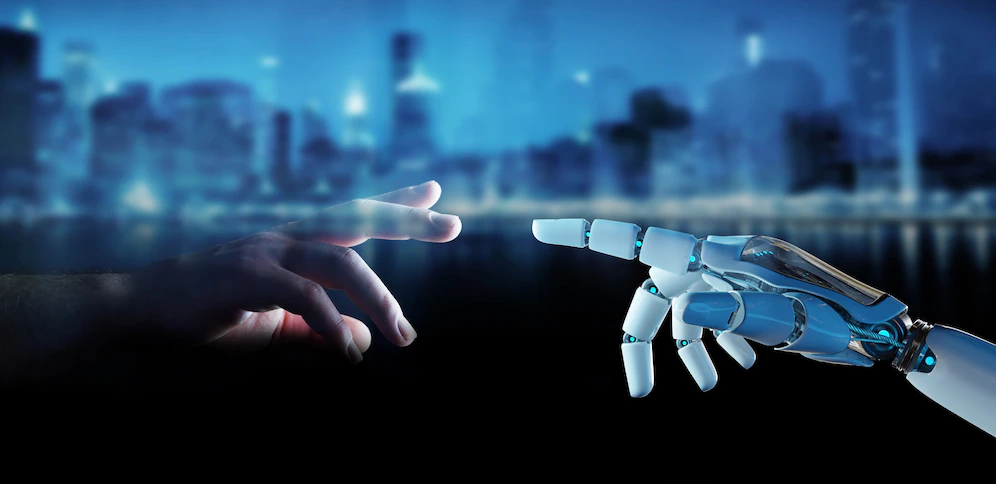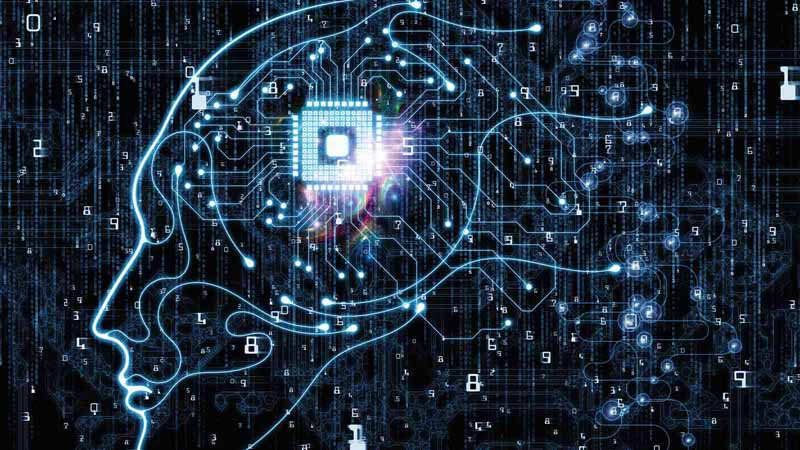Let's Discuss
Enquire NowWe take this for granted, the universe. The caressing of wind, walking in the meadow, running after pets, grabbing the fresh fruits from garden, singing our favourite song and much more. Just imagine this is taken away from you all of a sudden.
BOOM!
Paralysis used to mean forever. What if the brain implant could reverse it? As long as you can interface with a brain, you can enable a patient that has lost function to regain pretty much everything that he or she had.
A monkey playing ping pong using only its mind may sound ridiculous. But this is a YouTube video published by Neuralink with over 6M views.
Neuralink, a brain interface technology co-founded by Elon Musk is creating a device that would be implanted in people’s brains to monitor and stimulate brain activity simultaneously. It was initially tested in Monkeys and it functioned well in them. Also, the company is undertaking a lot of testing to validate its safety and reliability along with the safe removal of the gadget from the brain. Elon Musk has claimed that Neurolink expects to start implanting its microchips in people in 2023. Chips for almost every head just so we don’t have to spend years learning basic things.

As we find more ways to integrate our bodies with technology, there’s one application that has stood as the final frontier; our brain. It’s the brain that controls everything that you do, what you wanna do, and what you don’t want to do in and around the world. For some people with paralysis, ALS, neurodegenerative disorders or other disabilities, the connection between the brain and the body is broken. This is where brain-computer interface or BCI technology comes in, to reestablish these functions between thoughts and motor functions so that people can move and feel again.
A small chip is implanted into the motor cortex. By decoding and analyzing brain signals, a computer can detect an action, like moving your hand. An external device transmits the digital commands, or in some cases, stimulates muscles or nerves so patients can move their own arms and hands. It can even translate thoughts to type a message or use a cursor. And if that’s not enough, it can also translate sensations back from a prosthetic, so the user is able to feel again. Essentially, giving some of those capabilities back.
The euphoria or the excitement, and the hope that this is instilling in the patients are very inspiring.
 There are almost 600 million patients that suffer from neurological disorders. In future, these kinds of technologies and neural interfaces will provide a life-changing impact on millions of patients.
There are almost 600 million patients that suffer from neurological disorders. In future, these kinds of technologies and neural interfaces will provide a life-changing impact on millions of patients.
The disabled community is just the start, but next-generation applications could expand to blindness, depression and beyond. Eventually, this may be something of great help for fast respondents like the military, or others that may be able-bodied, but need faster reflexes or support to be safer in certain environments. Long considered the realm of science fiction, brain-computer interface technology is now a reality. And for people who have lost function, it’s changing their lives and soon it could be available to everyone. It’s endless, the possibilities.
Have a project in mind that includes complex tech? Connect with us here to build something big.
Disclaimer: The opinions expressed in this article are those of the author(s) and do not necessarily reflect the positions of Dexlock.



